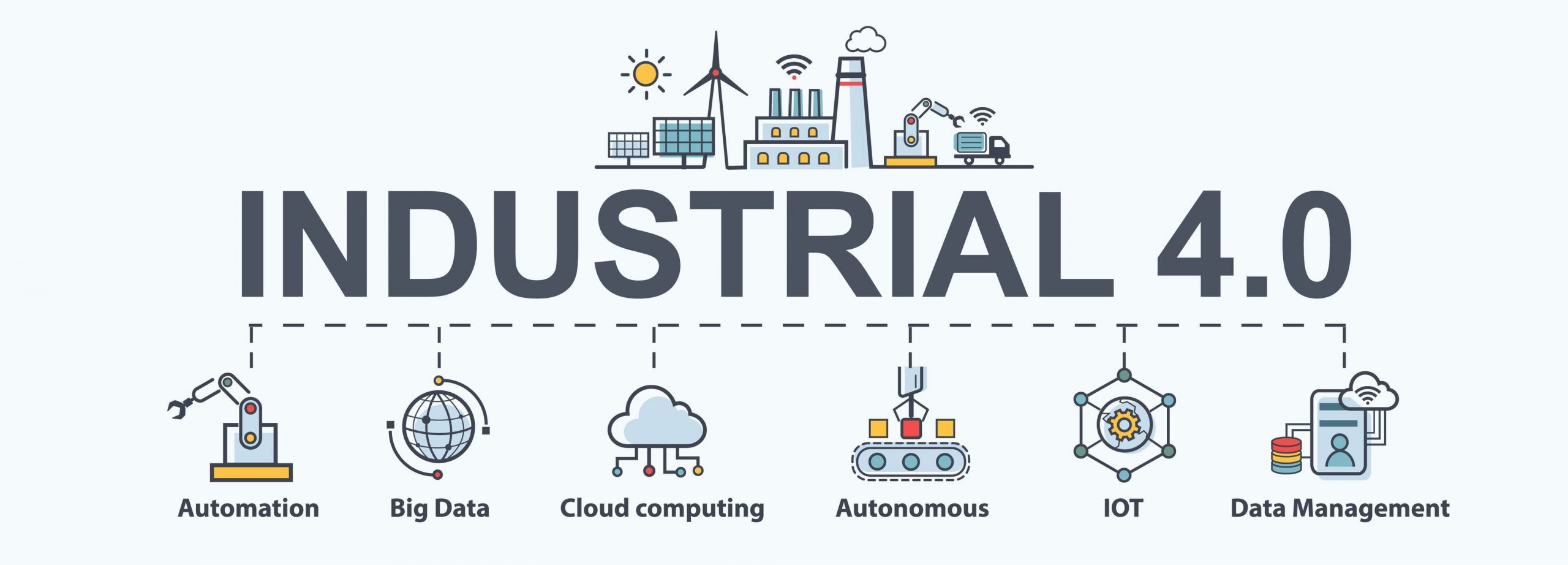Spread too thin: the curious case of spreadsheets
Business | October 21, 2022 | By
In the era of AI, blockchain and automation, do spreadsheets make the cut?
The year is 2022. The world has seen 4 waves of an unprecedented pandemic, economic upheavals and even a war. Business was damaged by a mile, with the brunt of it borne by manufacturing. The events froze the global supply chain system to a standstill for almost 2 years. And they had to adapt quickly to survive in a new world order. Companies did their best to keep production alive. Hybrid working models and business ops were set up. Technology was rapidly adapted replacing archaic systems to increase efficiency and productivity. And one would think that this would mean a new, upgraded version of manufacturing has come to be. Pretty much so. But one thing remained the same in all of this metamorphosis. Spreadsheets.
The spreadsheet can very well be regarded as the original software/app that was a “hit”. It caused an upsurge in the sales of computers in the early 1980s. Spreadsheets came as a brilliant innovation to replace accountants’ tally ledgers. Today, an estimated 1.2 billion people use Microsoft Excel. Couple that with more than 3 million businesses using Google Sheets. This implies that almost a third of the world’s population use spreadsheets today. And that is not just as a digital ledger, every department in every organization uses it.

Manufacturing is Transforming
Currently, experts suggest that the world is going through its fourth industrial revolution, or Industry 4.0. And this journey has its focus centered on the modernization of manufacturing processes. It places emphasis on converging current technologies like the internet of things, automation, data exchange and analytics. Although there is reluctance in adoption as the industry has its ways set in stone, things are looking up in the direction of progress.
This modernization has helped cater to changing consumer needs and transformed the pace of new product development. But the industry has still not gone beyond the use of spreadsheets. Of course, there is a paper trail in business processes from sourcing to payments. Major organizations even record data on whiteboards and clipboards. And most of them still process their data on spreadsheets.
Spreadsheets – Tried and Tested
And the answer is not all that surprising. Spreadsheets have been dubbed the “universal language of data analytics”. MS Excel is the most popular, tried and tested software, available on every single computer. Google Sheets has caught up. And both of them function almost identically. Both software have a low learning curve. Their learning’s and skills are transferable. They are very well supported by their service providers. And are quite adept in storing and processing a considerable volume of data.
This is ideal for the manufacturing industry. They have a million issues on their platter from operations to sales. And, the last thing they would think about is getting people on the floor to adapt to a software system outside their roles. For example, a Bill of Materials Spreadsheet is ideal to pass on to multiple teams and people, while containing significant volumes of critical data. But the effectiveness of a spreadsheet is far from ideal.
To err is human
On the ground, not just for manufacturing, using spreadsheets to store, organize and process data is counterproductive. When a spreadsheet with a large volume of data passes through many hands, errors are bound to happen. Multiple users processing, manipulating and editing the data only increases the risk for error and loss, sans barrier. For a manufacturing unit, the number of Bill of Material spreadsheets alone could run into the thousands. One can only imagine the magnitude for multiple functions like procurement, design, engineering, finance and so on.
Not meant for scale
When considering the huge volumes of data handled by manufacturing companies, spreadsheets fall short by leaps and bounds. The relevance of a company is directly proportional to how it disrupts the market with new products. And the New Product Development Process is a long drawn and critical process. The Bill of Materials spreadsheet here would go through multiple iterations. And it is essential that multiple departments from design to finance are in sync to release a product on time. When the number of hands involved increases, so does data. Spreadsheets are moot here. Data errors, lack of collaboration, visualization capabilities, accessibility, and user friendliness all come under the radar. And scaling is out of the question.
Mistakes are costly
One after the other, the cumulative effect becomes costly. In the 2012 London Olympics, a staff member’s keystroke error failed to set the upper limits for ticket sales. This caused major mayhem, costing between £20,000 to £75,000 to the organizers. According to Powell, Baker,Lawson, manual data entry often leads to error. And 50% of the spreadsheets used in business contain errors. KPMG estimates suggest that such errors have a financial impact between $10,000 and $100,000 per error per month.
Not secure, at all
In this chaos, it is easy to attack data that isn’t secure. In a manufacturing unit, stakeholders at each level have to make individual spreadsheets for different functions. These are then sent up and down the hierarchy, allowing everyone to make copies and have their own versions. It exposes the data making it vulnerable and prone to hacking. And that makes spreadsheets an easy breeding ground for fraud, data leaks and more (Protecting Spreadsheets Against Fraud – Roland T.Mittermeir, Markus Clermont, Karin Hodnigg). And, the lack of data encryption only makes things worse.
Time for change
Enough has been said about the disadvantages of spreadsheets. One can cite hundreds of examples to argue and support the need for an alternative solution. Spreadsheets have their place. But it is necessary that manufacturing organizations look at relevant alternatives. Just as they modernize the floor with AI, automation and IOT, they need an intuitive platform for data.
Zumen is that platform.
Zumen is the only Procurement (Source-to-Pay) platform that understands how manufacturing companies manage their various New Product Development & Strategic (Re)Sourcing Programs. The platform allows transparent collaboration across stakeholders involved in the process. It is user friendly and enabled with single-click integration with data points. With its cognitive AI, Zumen can be customized and configured to suit individual organizations. And most importantly, data is safe with Zumen that is end-to-end encrypted and SOC2 compliant.
If this sounds like what your company needs, then talk to us at [email protected] or schedule a free demo.
















